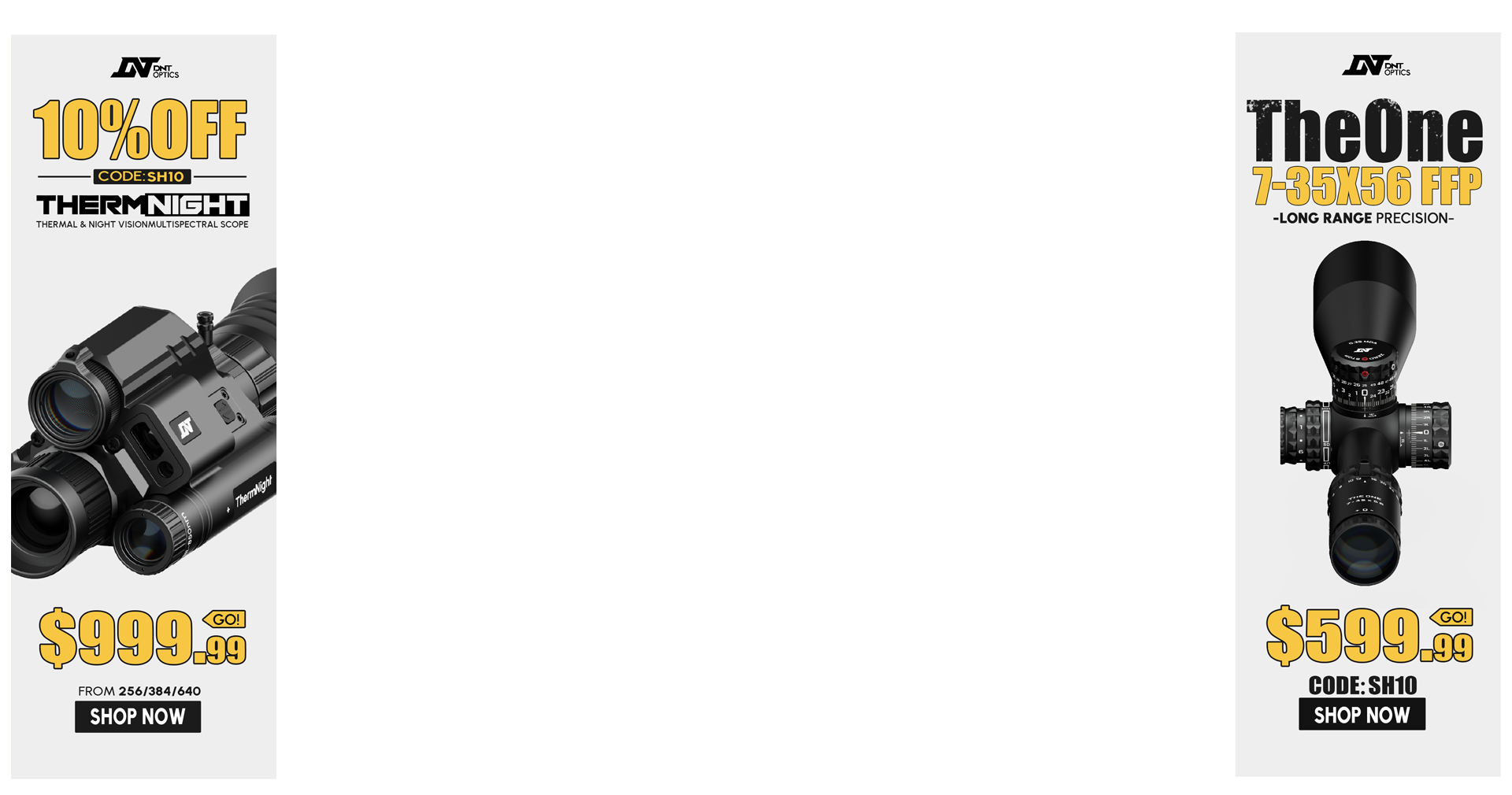Re: Internal Concentricity Comparators
<div class="ubbcode-block"><div class="ubbcode-header">Originally Posted By: mdesign</div><div class="ubbcode-body">Anyone have experience with one of these or with bullets sorted by the one? Interesting article...seems like it could have some advantage to the long range shooter if it worked as advertized.
Verne Juenke's Internal Concentricity Comparators </div></div>
I used a Verne Juenke machine when we were making benchrest bullets. It uses ultra sonic waves to find the differences between different metals. It DOES NOT read in thousandths or tenths. It reads in seperate increment numbers.
If you have a need for such an instrument, there is nothing else like it. If you only want a few checked I'll do it if you aren't in a hurry. If you have to have it tomorrow and ship it Fed Ex, you're on your own.
In my own experiences I can rate MOST bullets out of the box.
The worst are the home made Corbins I've tested with jackets made from 22lr cases.
Sierra is next to last. Some Sierra bullets can't even stay on the sweep dial of the meter.
Speer bullets are OK for banging steel. But some are very good.
Winchester and Remington bullets are middle of the stream.
Nosler Ballistic tip or the Combined Technology are better than most on the market.
Hornady is very good quality.
Berger bullets and any custom hand made bullets that use J4 Jackets are as good as it gets for jacket uniformity. But boosting them over 3000 fps is rough on their thin jackets. If you're running their regular jackets over 3000 fps expect a few to not make it to the target.
The Lapua Scenars I inspected are in the same range with the Bergers. At that, I prefer to buy Made in the USA when I can.
If you have other questions I didn't answer, just email me. I'll do my best to answer you.

